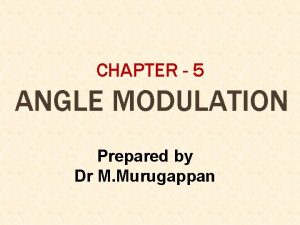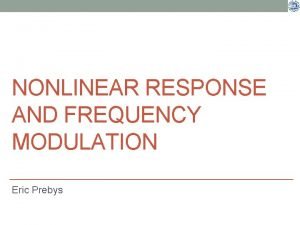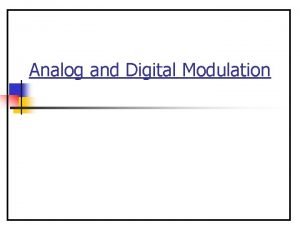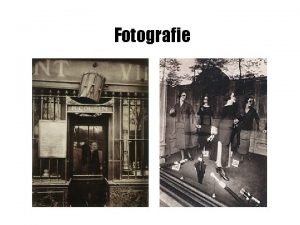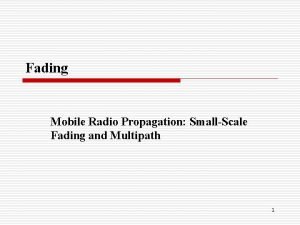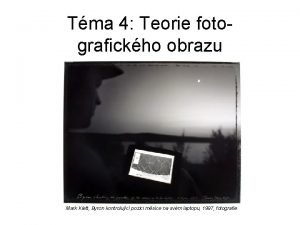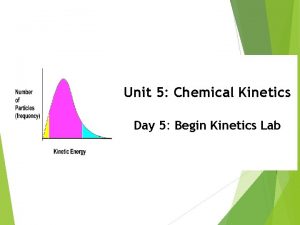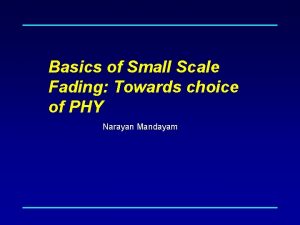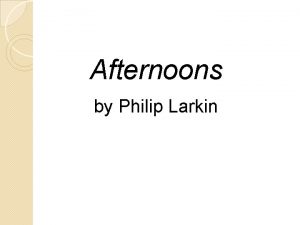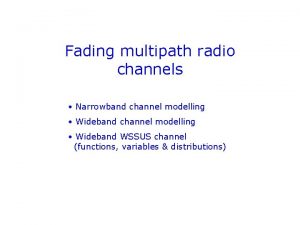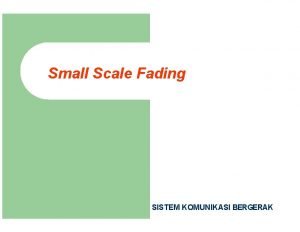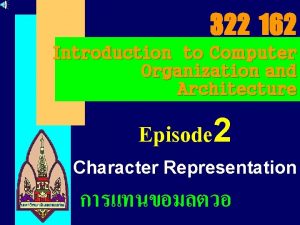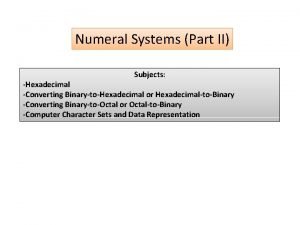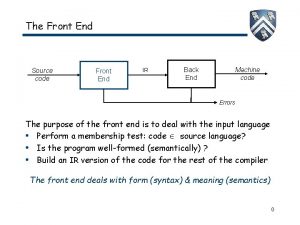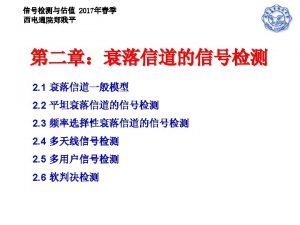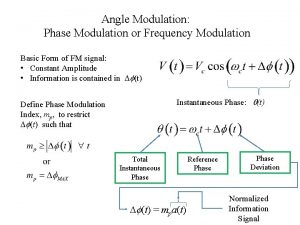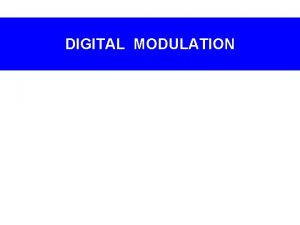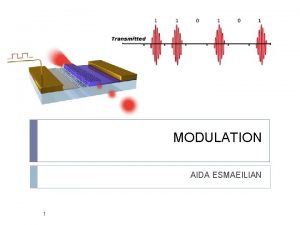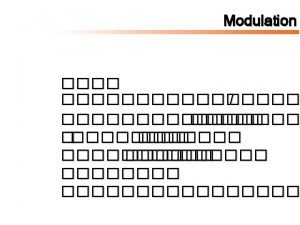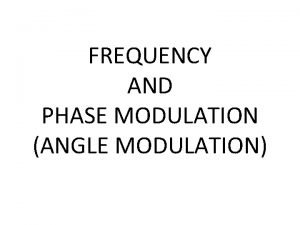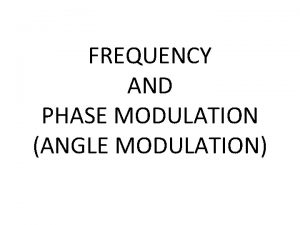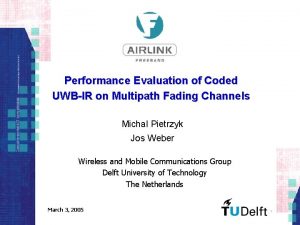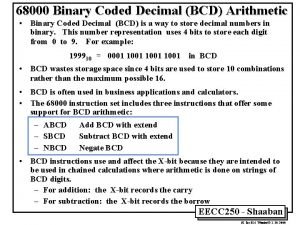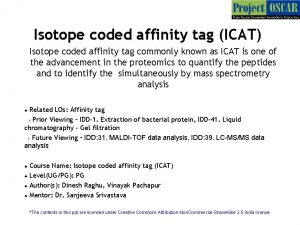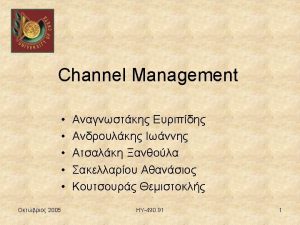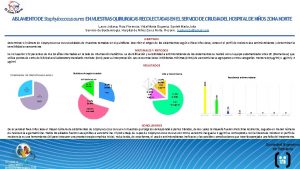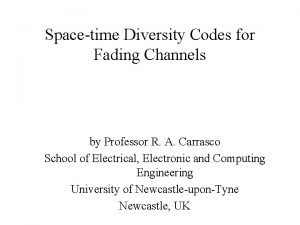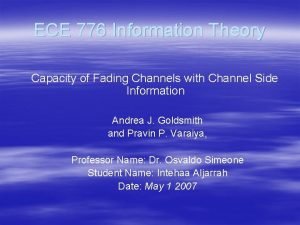Coded Modulation in Fading Channels Ryan Aures Matthew


























![References [1] “Adaptive coded modulation for fading channels”, A. Goldsmith and S. Chua [2] References [1] “Adaptive coded modulation for fading channels”, A. Goldsmith and S. Chua [2]](https://slidetodoc.com/presentation_image_h2/a4831e566cec71c322e89f04e20d32a9/image-27.jpg)
- Slides: 27

Coded Modulation in Fading Channels Ryan Aures Matthew Holland ECE 492 Mobile Communications

Motivation u Benefits/Drawbacks of coding • • u +Increased capacity +Lower BER -Higher power -Lower throughput Benefits/Drawbacks of adaptive modulation • • +Increased capacity +Energy efficient -Complexity of demodulation -Need accurate channel estimation

Coded 16 -QAM u u u Increased capacity over current cellular standard 40 – 85% Same Qo. S as currently used QPSK systems Use CSI at receiver to decode message • Weighting function

Trellis Coding (coset codes) with adaptive modulation u Superimpose coding techniques for AWGN channels onto fading channels with adaptive modulation u Variable rate variable power MQAM u Higher order trellis codes approach capacity limit u u Achieve same coding gains as seen for AWGN channels Up to 20 d. B power savings

Coding with 16 -QAM

Brief description of the system u Motivation: Current use of π/4 -QPSK in new cellular systems lack capacity u Solution: Coded 16 -QAM u Fast flat fading channel u Viterbi coding with weighting and channel information aided by pilot tones

Block diagram of the system

Describe channel estimation with pilot tones u u u Every frame a pilot tone is sent over the channel This pilot tone is an arbitrary symbol sent that is known at the transmitter and receiver For a frame of N symbols the pilot to data ratio is 1: (N-1) • For large N the estimation of the channel will not be as accurate • For small N there is a decrease in throughput

The Viterbi algorithm A trellis encoder is used on the bit stream u The encoded data then undergoes block interleaving u • Block interleaving is to avoid burst errors • It destroys the memory of the channel

Describe the weighting function u u The signal is reconstructed using the Viterbi algorithm to find the most likely path the message could take. By applying a weighting function the estimates of the message can be improved by removing the weight of symbols that occurred during deep fades

Block diagram of the system

BER Performance

Capacity Performance u There is a significant capacity increase in the coded system

General Results – 16 -QAM u 16 -QAM in flat fading channel • Gain over un-coded system 7 -10 d. B • Capacity over QPSK systems 40 -85% gain

Adaptive Coded Modulation

Overview u Motivation: Improve energy efficiency and increase data rate over a fading channel u Coding and modulation designed separately • Trellis, lattice codes normally used for AWGN channels can be used • Variable Modulation (MQAM, others) • Same result (gain) as AWGN channel u Results approach Shannon Capacity Limit u Power Savings up to 20 d. B

System Model u u u √g(t) = ergodic channel gain, mean(g) = 1 Assume perfect channel estimate (ŷ(t) = y(t)) Assume zero delay in feedback path(Tf = 0)

Basic Premise u u Coding gain is a function of dmin, the minimum distance between signal point sequences. dmin= min{ds, dc} • ds = minimum distance between coset sequences • dc = minimum distance between coset points Goal of adaptive modulation is to maintain constant dmin across different SNR values For each SNR level γ, find values of: • M(γ) - constellation size • S(γ) – transmit power • T(γ) – duration of transmission

Block Diagram u u Channel coding and modulation separable Channel coding same as non-adaptive coded modulation

Trellis coded Adaptive MQAM u u Specific implementation of general scenario with coding + adaptive modulation Trellis codes • Four state and Eight state codes M-ary QAM • Only square constellations Coding and Modulation are separable

Choose Parameters for MQAM u u Symbol period T(γ) remains constant, difficult to change in practice Choose M(γ) based on SNR, then choose power level S within each M Parameters chosen to maintain desired minimum distance • Based on required SNR Gives power as a continuous function of SNR

Results for Raleigh fading – MQAM u u Perfect CSI at Tx and Rx is known Raleigh fading and lognormal shadowing simulated, results only for Raleigh fading but similar results found for lognormal shadowing MQAM restricted to constellation sizes of 0, 4, 16, 64, and 256 Results obtained both from simulation and analytically

Coding Gain u u Moderate gain at BER requirement = 10 -3, must increase BER requirement to 10 -6 to see 3 d. B improvement Caused by codewords being off by more than one neighbor at lower values of SNR

Constellation size u u At higher BER, good spectral efficiency Lowering BER requirement -> higher coding gain

Higher state trellis codes u u For higher number of states: better coding gain, better spectral efficiency, closer to capacity Exponential increase in complexity of decoding, limited to eight or fewer states in practice

Results – Coded MQAM u Coding gain of 3 d. B for four state code, 3. 6 d. B gain for eight state code • This gain in addition to gain from adaptive MQAM u u Adaptive modulation gives power savings of 5 d. B min, 20 d. B max for low state codes with low required BER’s Possible improvements: constellation shaping and turbo codes, get even close to capacity limit
![References 1 Adaptive coded modulation for fading channels A Goldsmith and S Chua 2 References [1] “Adaptive coded modulation for fading channels”, A. Goldsmith and S. Chua [2]](https://slidetodoc.com/presentation_image_h2/a4831e566cec71c322e89f04e20d32a9/image-27.jpg)
References [1] “Adaptive coded modulation for fading channels”, A. Goldsmith and S. Chua [2] “A coded 16 QAM scheme for fast fading mobile radio channels”, D. Subasinghe-Dias and K. Feher
 Aakash saw his sister's son's maternal aunts
Aakash saw his sister's son's maternal aunts If brass is coded as 63516
If brass is coded as 63516 Advantages of angle modulation
Advantages of angle modulation Amplitude modulation vs frequency modulation
Amplitude modulation vs frequency modulation Amplitude modulation vs frequency modulation
Amplitude modulation vs frequency modulation Bandera de la institución educativa aures
Bandera de la institución educativa aures Henry peach robinson fading away
Henry peach robinson fading away Large scale fading in wireless communication
Large scale fading in wireless communication Types of small scale fading
Types of small scale fading Henry peach robinson fading away
Henry peach robinson fading away Kinetics of crystal violet fading
Kinetics of crystal violet fading Small scale fading
Small scale fading Differenza tra shaping e chaining
Differenza tra shaping e chaining Philip larkin summer is fading
Philip larkin summer is fading Fading
Fading Narrowband fading
Narrowband fading Small scale fading adalah
Small scale fading adalah I am a flower quickly fading here today and gone tomorrow
I am a flower quickly fading here today and gone tomorrow Extended binary coded decimal interchange code
Extended binary coded decimal interchange code Strength of a blue personality
Strength of a blue personality Nrich coded hundred square
Nrich coded hundred square Periodic table color coded
Periodic table color coded 5 lead ecg placement colors
5 lead ecg placement colors Bcd counters
Bcd counters Addition and subtraction of hexadecimal numbers
Addition and subtraction of hexadecimal numbers Coded plan isometric sketch
Coded plan isometric sketch Broselow color code chart
Broselow color code chart Hand coded scanner
Hand coded scanner


